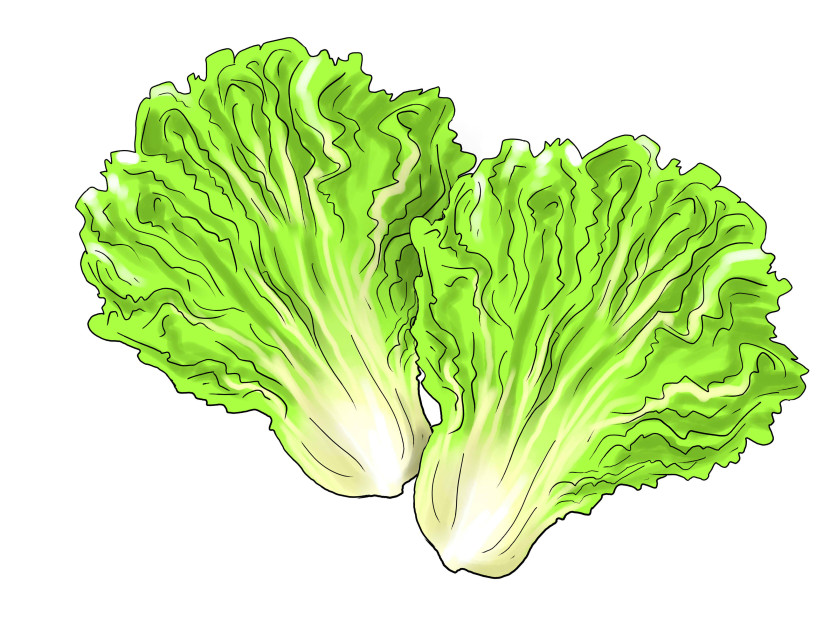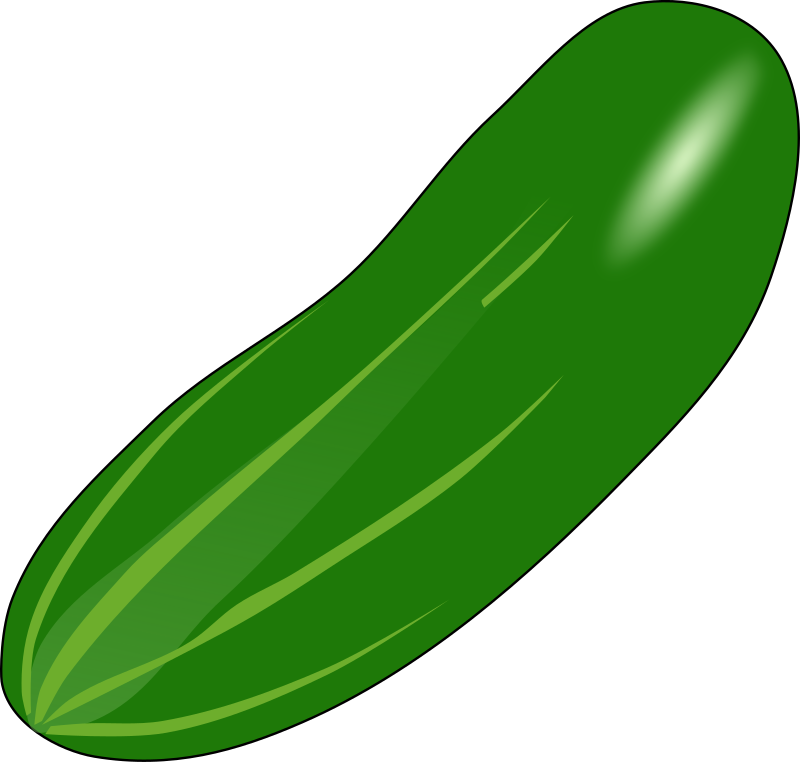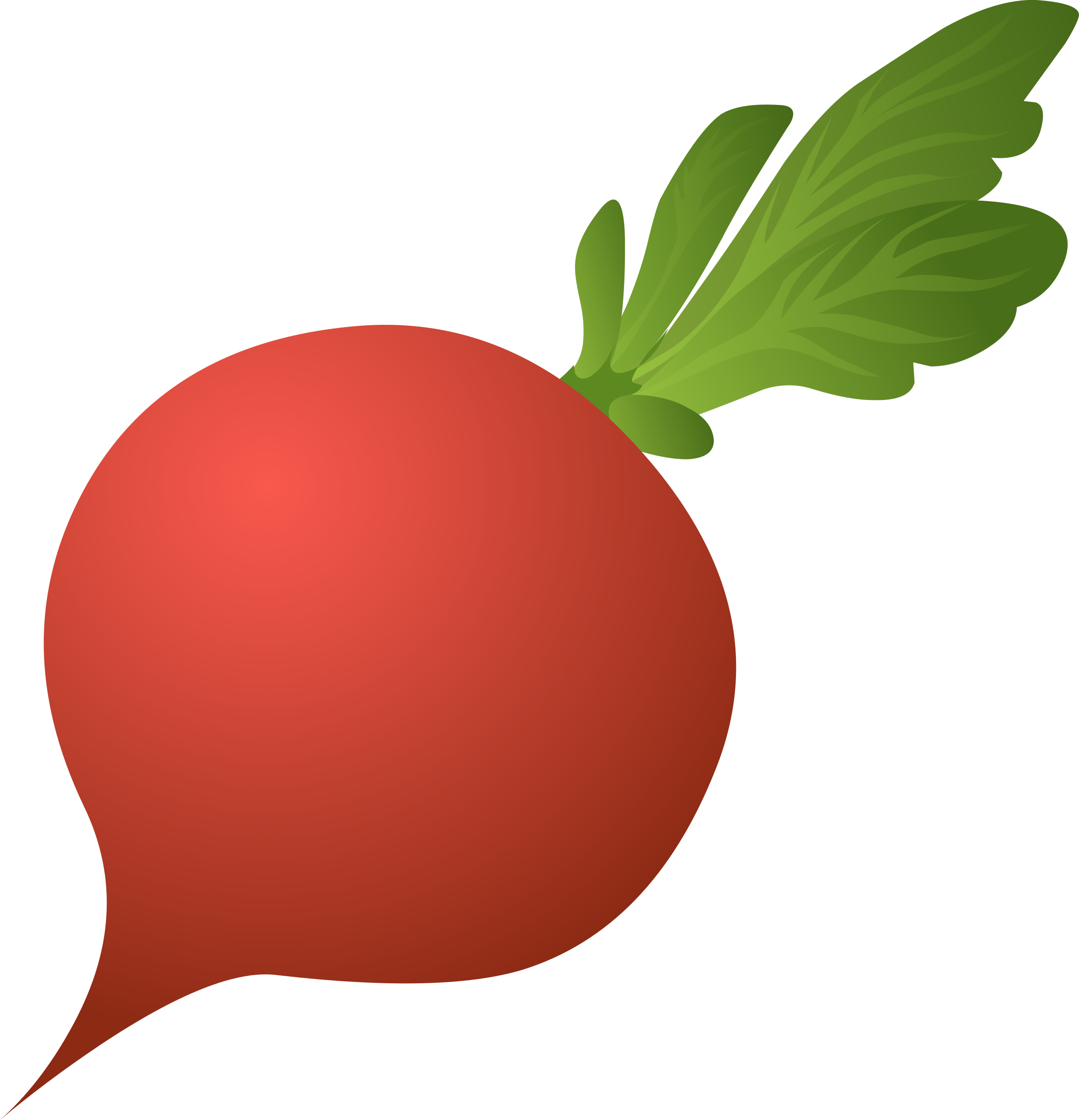-
PH Level
Romaine Lettuce: (6.0-6.5) Aeroponics (5.5-6.0)
Cucumber: (5.0 -6.0)
Mint: (5.5-6.0)
Radishes: (6.0 – 7.0)
Bell peppers: (5.5 – 6.5)
Strawberry: (5.5 – 6.5)
-
Temperature
Romaine Lettuce: Ideal temp and growth development (60 to 65 F) Hottest temp (80 to 85 F)
Cucumber: Ideal temp and growth development (65 to 75) Hottest temp (75 to 85 F)
Mint: Ideal temp and growth development (55 to 70°F) Hottest temp ( 75 to 85 F)
Bell peppers: Ideal temp and growth development (70 to 80 F) Hottest temp (90 F)
Strawberry: Ideal temp and growth development (60 to 80 F) Hottest temp (75-85 F)
-
Water Temperature
Romaine Lettuce: (water temperature near 40 - 80 degree Fahrenheit)
Cucumber: (water temperature near 60 - 85 degree Fahrenheit)
Mint: (water temperature near 55 - 60 degree Fahrenheit)
Radishes: (water temperature near 60 - 65 degree Fahrenheit)
Bell peppers: (water temperature near between 70° and 80° degrees Fahrenheit)
Strawberry: (water temperature near between 60° and 80° degrees Fahrenheit)
-
Humidity
Romaine Lettuce: (between 50 - 70 percent)
Cucumber: (between 85 - 95 percent)
Mint: (around 70 percent)
Radishes: (between 95 - 100 percent)
Bell peppers: (between 90 or higher percent)
Strawberry: (between 90 - 95 percent)
-
Light Intensity
Romaine Lettuce: (four to six hours of direct sunlight during the day)
Cucumber: (three to four hours of direct sunlight during the day)
Mint: (three to four hours of direct sunlight during the day)
Radishes: (twelve to sixteen hours of direct sunlight during the day.)
Bell peppers: (eight to ten hours of direct sunlight during the day)
Strawberry: (ten hours or more of direct sunlight during the day)
Crops in Aeroponics
Romaine Lettuce Characteristics
Romaine lettuce is exceptionally crisp, slightly bitter, and is characterized by long, narrow leaves with thick ribs. The leaves are typically upright and form an elongated head (the top of the head may or may not close over the inner leaves)
Romaine Lettuce Characteristics
Ideal Lettuce Spacing
Generally, romaine lettuce is spaced 6 to 10 inches apart in rows that are spaced about 12 to 18 inches apart.
Germination
Lettuce seeds usually take about 5 days to germinate but it may take a bit longer if the soil is still cool.
Harvesting
Lettuces are ready to harvest about two to three months after planting, depending on the variety, but you can pick some of the outer leaves as needed while the plants are still growing.
Water well
Water well at planting and keep the pots or trays in a sunny location with a temperature of 40 to 80 degrees Fahrenheit.
High pressure aeroponic system
watering cycles typically operate on a 15 sec ON and 3 – 5 minute OFF cycle. This ensures the chamber maintains a high humidity level while preventing the fine mist from combining into larger droplets.
Low pressure system
use a 5 minute ON and 12 minute OFF cycle timer. A longer cycle is allowable with a low pressure system because it doesn’t rely on atomizing the water droplets. Instead the roots get deeply saturated with water before given a longer duration in oxygen to help them absorb the nutrients.
Fogponic System
Instead, it uses ultrasonic technology, in which the water vibrates in ultra-high frequencies causing millions of micro explosions that make the water turn into fog. This fog has super small water droplets of 1 micron or even smaller!
Instead, it uses ultrasonic technology, in which the water vibrates in ultra-high frequencies causing millions of micro explosions that make the water turn into fog. This fog has super small water droplets of 1 micron or even smaller!
A healthy root structure has plenty of well established root hairs that increase the surface area of the root system. The increased surface allows more water and nutrients to coat the roots and gives the plant more ability to absorb the minerals it needs.
Root structure differs between plant species and those grown in aeroponics don’t need to develop an extensive system. This is because roots don’t need to search through soil, nutrients are delivered directly to the source.
Hairy and more branched roots will have a higher tendency to absorb water fast. Yet, this also means that they’ll dry up fast. The age of roots won’t affect the rate of mineral uptake as long as they’re in healthy conditions.
Oxygen is the secret sauce of an aeroponic system, it acts as an accelerant for nutrient absorption. Maintaining a healthy oxygen supply to the roots allows them to absorb nutrients more easily.
Nutrient
The best nutrients for aeroponic and hydroponic systems come in a 2 part mixture that gets blended directly into the reservoir.
These blends include Nitrogen, potassium, phosphorus, Calcium, Sulphur, Magnesium, Iron, Zinc, Boron and Manganese.
The purpose of keeping the two parts separate for storage is to prevent the minerals from binding with each other. Once the binding process occurs, the micro-nutrients become much larger and more difficult for the plants to absorb.
We always advised mixing each part into the reservoir separately rather than mixing them together before adding them into the water.
Day and Night
Whether it’s day or night, plants will continue to take up nutrients from the mist. Since most plants are focused on the photosynthesis process by day, it’s noticeable that plants take up more nutrients at night.
That’s why many commercial and home growers tend to adjust the spraying interval according to the time of the day. Many growers adjust their pumps to water more frequently at night.
Misting Phase
The perfect conditions of a misting cycle are the ones that will keep the root hairs as humid as possible. Ideally, this should be as much close to 100% humidity as possible.
However, you need to minimize the excess of water as much as possible. The roots shouldn’t be dripping after the misting phase, instead, the root only needs to be damp.
The barely damp state of the root promotes the maximum uptake of nutrients, which supports the growth of the roots. That’s why in aeroponic systems, you try to optimize the humidity of the roots to keep it not too dry or too moist at the same time.
Ideally, you need to keep the misting cycles within a range of about 5 to 10 seconds only, especially in a high-pressure aeroponic system.
If you spray the roots for a longer time, you’ll be defeating the purpose of creating super fine droplets. With too much moisture on the roots, the nutrient solution droplets will be able to recombine and form droplets larger than 30 to 100 microns again.

Aeroponic Cucumbers
Aeroponics is quite similar to hydroponics for growing plants. The main distinction is that this one features a mist that sprays the plant's roots continuously. Proceed in the same manner as with the hydroponic system, and you'll soon have cucumbers!
Pruning
Aeroponics is quite similar to hydroponics for growing plants. The main distinction is that this one features a mist that sprays the plant's roots continuously. Proceed in the same manner as with the hydroponic system, and you'll soon have cucumbers!
Pest Control
Pests, like any other plant, will appear. Several insects are known to attack cucumbers, including white flies, spider mites, thrips, aphids, and flies. You can keep these under control by simply keeping your area clean. Always mop up any water that has been spilled in the area.

Aeroponic Mint
Mint grows readily and efficiently in a hydroponics system! Simply remember to trim a leaf that appears to be decaying or turning brown early in the growth process. If a leaf becomes brown or begins to die, it might have a detrimental effect on your entire growth system.
Pruning
Mint pruning is a straightforward task. Simply ensure that you cut your plant before it becomes too tall or overgrown. It may lose some flavor after a year or two of trimming.
Pest Control
The wonderful thing about growing mint in your kitchen is that it requires no exterior pests. However, if you grow outside, keep an eye out for spider mites.
Tips & Tricks
When growing Mint inside, make sure the sun isn’t too hot for the plant. Place the plant in indirect sunlight, or in partial lighting.
The Mint Plant is a great way to repel bugs away from your other plants. You can grow it in just water! All you need is water, sunlight and a container

Aeroponic Radishes
Although this plant is fairly difficult to produce, many growers achieve excellent results. The trick to cultivating this plant is that it will require a variety of fertilizer solutions during its life. When starting radish, a basic grow nutrient is required. This promotes the growth of green tops. After the tops have formed, often around the second week, turn to a root nutrition.
Pruning
Pruning will direct the majority of the plant's energy toward the new fruits and stems. Prune any stems or leaves that do not appear to be as healthy as the rest. You may simply eyeball it and select which ones to continue growing. Bear in mind that the green leaves are edible, so after cleaned, you can toss them into a lovely green salad! These are the plant's Microgreens!
Pest Control
Even though Radishes are easy to cultivate, there are a few pests to be aware of. If you do come across any, you can swiftly eliminate them with Neem Oil.
Tips & Tricks
The green leaves are edible! Place them in a salad, or a sandwich.
If you notice the radishes begin to split, that could be the cause of over watering the plants.
This vegetable is heavy water drinkers, so you will need to make sure that the water is filled daily.
Keep in mind that the radishes will not grow as large in the hydroponic system as if they were in the soil
You can plant these next to any greens to keep the insect and pests away
you find that your radishes are bitter, this could be causes by a lack of water

AeroGarden Requirements
If you intend to cultivate Bell Peppers in your AeroGarden System, there are a few considerations. Bell peppers are quite huge plants; they can reach a height of 12 to 36 inches and will continue to grow. When selecting your Pepper Seeds, conduct research to determine the plant's potential height. Additionally, you will require a substantial amount of space for these!
Aeroponic Bell Peppers
This method is comparable to hydroponically growing them. This requires the use of a fan on the lowest setting to assist the vegetables in venting.
Pruning Bell Peppers
Pruning your plants is actually quite straightforward. The desired effect is a 'V' form. You'll want to maintain the branches that are the thickest, tallest, and strongest.
Pest Control
Spider Mites, Thrips, Aphids, Whiteflies, and fungus Gnats are the most prevalent indoor pests that will attack your bell peppers. The most effective method of eradicating these insects is by the use of sticky fly traps. They will suffocate the insects before they suffocate your plants! Another option is to purchase a spray but refrain from using chemical sprays.
Diseases
Powdery mildew, Downy mildew, grey mold, root rot, and iron deficiency are the most common illnesses of Bell Peppers. These can be avoided by wearing clean clothes when tending to your crops. Ensure that spills and runoffs are cleaned up, as well as that your water is clean!
Tips & Tricks
• Provide 18 hours of light every day for your plant and adjust your light rack as the plants grow.
• Maintain a distance of around 6 inches between the plants and the light.
• When the Peppers begin to grow, provide support for the plant.
• When purchasing seeds, conduct research to ensure that your system is large enough.
• Plants should be spaced between 8′′ – 24′′ apart.
• Pollinate the peppers with a fan, a cotton swab/brush, or by shaking the plant.
• Utilize scissors or gardening shears when harvesting. Never use your hands to remove the pepper; doing so may jeopardize future harvests.

Aeroponic Strawberries
The same rules apply to aeroponic systems (https://aeroponicsvshydroponics.com/what-is-aeroponics/) If you have growing towers, the strawberries will do fine but be sure to get plants that like the same nutrients.
Pruning
Make certain to prune the plant's runners. This is the strawberry plant's method of producing new strawberries, but if the runner does not enter the system you have... they will die and deplete the life of the other fruit-producing sections of the plant. Pruning brown and dead leaves near the stem's base
Pest Control
The beautiful thing about growing strawberries indoors is that you don't have to worry as much about pests getting into your plants. However, keep an eye out for house gnats. Neem oil is an excellent technique to keep strawberries healthy and pest-free in the event of an infestation.
Diseases
Most diseases come from root rot which is not a problem with aeroponic and hydroponic systems.
Tips & Tricks
• Suggestions and Techniques
• Purchase Bare Root Strawberries or Crowns rather than seeds to expedite the development process.
• Eliminate runners to encourage growth
• Ascertain if the water level is adequate.
• Maintain the light 2-4 inches above the plants' crowns.
• Bear in mind that you must pollinate the strawberry flowers.
• Cut away brown and dead leaves near the base of the stem.
• Harvest the strawberries before they get overripe

